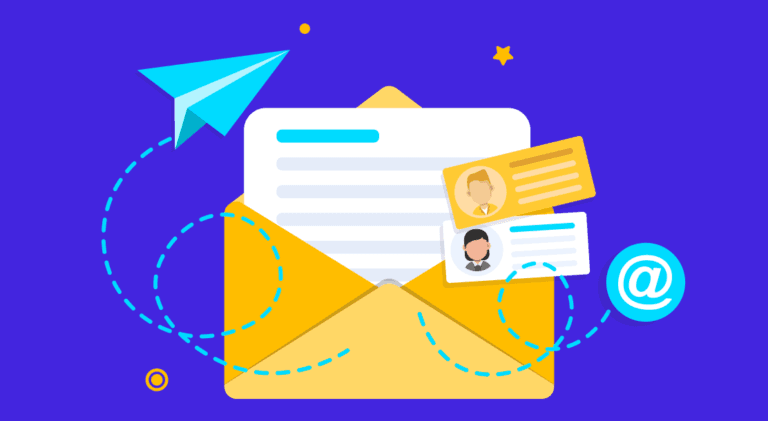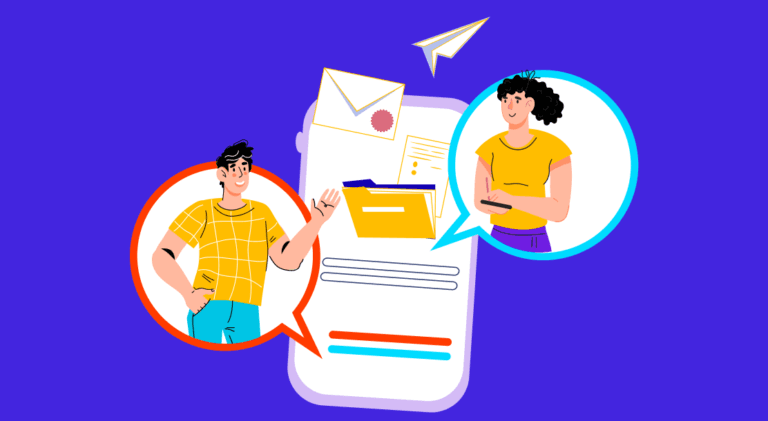Empathetic Email Marketing: 4 Brands That Used This Strategy During the Lockdown

Email marketing is touted as the most effective digital marketing strategy, leaving behind social media, affiliate marketing, and SEO. Every company adopts this marketing approach to reach the audience fast. However, this strategy does not only create brand awareness but also helps connect you with potential customers.
Have you recently dipped your feet into email marketing and have no idea how to write effective yet empathetic emails? Here’s the rundown of five brands that nailed their empathetic email marketing strategy during the COVID-19 crisis, turning into the best email marketing examples.
The Effect of the COVID-19 Pandemic on Email Marketing
It’s no secret that the COVID-19 pandemic has affected online email marketing strategies. It has transformed how brands interact with customers, purchase decisions, and advertisements.
The pandemic crisis has impacted email marketing in both short- and long-term aspects.
According to Acoustic’s Email Benchmark Report, there was a 50% increase in company emails between February and May 2020. Earlier, brands competed with their competitors.
Now brands are competing with the customers’ previous best experiences. Moreover, earlier, emails could be sent at any time. Now brands are dispatching emails during lunchtime. Marketers are observing high engagement rates.
4 Brands That Used Empathetic Email Marketing During the Lockdown
COVID-19 has made it challenging for brands to connect with their audience. However, these four brands have taken the pandemic as an opportunity to showcase their loyalty to the customers by writing empathetic emails. These effective email marketing strategy examples deliver value and offer assistance while promoting togetherness.
1. Whole Foods Market
Whole Foods used a practical email marketing approach to explain to customers the importance of safety measures. The brand used third-party experts to validate its process, leveraging the need to stay home to emphasize that Health experts guide Whole Foods’ practices.

In the email, they also shared a link to more information they would keep updating per government guidelines. This tactic proves to be helpful when your audience is looking for more information.
What we learned: Counted among the best email marketing strategy examples, this brand teaches us that you should always focus on reassuring the audience about their safety and well-being.
2. Redfora
Redfora is a company that sells emergency preparedness kits. Since the pandemic offered them an excellent opportunity to sell their new N95 mask kits, they promoted them through email marketing.

The email consisted of a call-to-action (CTA) button to avail of free N95 masks. However, the company later announced that it was donating its entire stock of masks to healthcare workers. Along with that announcement, they sent a follow-up email comprising a touching message of solidarity and encouragement.
What we learned: The brand has set one of the best successful email marketing examples by showcasing how business values trump profits.
3. Swiggy
While others were being empathetic about the pandemic and lockdown, food delivery service Swiggy went a step further and completely ignored any mention of the COVID-19 disease. Instead, it focused on offering its customers comfort in the form of a cool collaboration.

Swiggy collaborated with Netflix and offered its clients options to order different dishes depending on the Netflix show they were planning to watch.
What we learned: Sometimes, it helps not to refer to a situation at hand but merely offer a simple solution.
4. Goibibo
The pandemic hit the travel industry the hardest. Between lockdown impositions, many people have been looking for affordable ways to escape their homes and experience wanderlust again. But it was not possible then, especially due to the fear of infection.
This emailer by Goibibo showed how this travel aggregator vowed to work with its airline, travel, and hotel partners to ensure a three-step sanitation process to put customers’ minds at ease.

What we learn: Brands need to move away from their regular marketing, focus on the problem at hand and offer a solution that reinforces the customers’ trust in it.
In the End
Email marketing is a leading approach to bridging the gap between brands and customers; hence it should be used carefully and strategically. If you are going to say something via email, make it count.
Draft an email that your customers find relevant and worth reading. The words and timing can make all the difference; hence, use them wisely to outshine your competitors.

Key Takeaways
- With empathetic email marketing, keep customers informed but don’t engage in hard-selling.
- Be honest in letting the customers know how the situation affects your services.
- Keep your social feed and web pages updated with the latest information, especially in times of crisis.
- Don’t keep your marketing approach the same as before. Evolve with the changing times.
- Avoid adding statistics that change too often.
- In difficult times, give your audience hope by assuring them that “this, too, shall pass.”
FAQs
Offer your audience an incentive, such as an offer or discount, for signing up to receive your emails.
Some of the tips to write a great email are:
– Build trust by adding your brand values
– Use an attractive header
– Use pre-header text
– Introduce the incentive in the subject line
As often as you can, without annoying the potential customer. The frequency of emails depends on your business type and target audience.
You should avoid the following things in email marketing:
– Neglecting mobile users
– Forgetting inserting a CTA
– Poor subject lines
– Falling out of touch
Subject lines should be striking and must create a sense of urgency.
Latest Blogs
Explore how Google’s 2025 AI search updates triggered ranking chaos. Learn actionable strategies to adapt your SEO for AI Overviews, zero-click searches, and SERP volatility. Stay ahead now.
Learn how to rank on AI search engines like ChatGPT, Perplexity, and Gemini by optimizing your content for authority, structure, and relevance. Stay ahead in AI-driven search with this strategic guide.
Explore the best healthcare SEO services for your medical practice. Improve online visibility and effectively reach more patients in need of your services.
Get your hands on the latest news!
Similar Posts

Email Marketing
6 mins read
11 Tips to Design Impactful Email Banners

Design
9 mins read
7 Benefits of a Simple Mailer Design

Email Marketing
7 mins read